Finding Symmetry All Over Our Ocean
On Sunday, 02-02-2020, we will witness a rare Palindrome Date
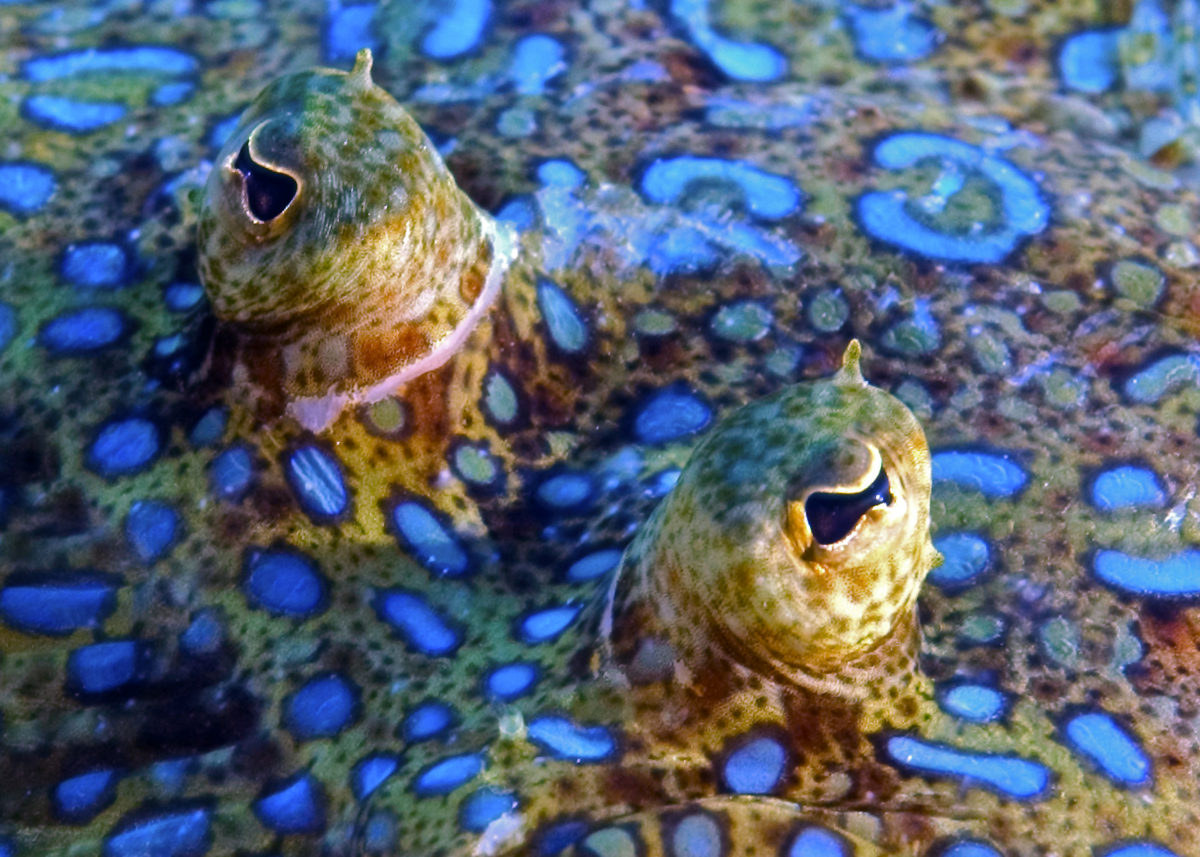
As a new month approaches, I began checking my calendar for the various meetings and calls scheduled in February, as one does, only to have February 2, 2020, create a huge light-bulb moment.
The reason for this is that 02-02-2020 is a palindrome. For those who are new to the term, a palindrome is a word, phrase or sequence that reads the same backward as it does forward (popular examples being madam or racecar or the ever-famous “A Man, A Plan, A Canal – Panama!”). Palindromes are about words, but being an ocean-lover, this had me wondering—what sort of palindrome-like symmetry could we find beneath our wonderful waves? For animals, symmetry can be determined by drawing an imaginary line (or lines) on the body where the pieces created look the same. For example, imagine a line going down the middle of the human body lengthwise where the two halves are a mirror image of one another. That’s what’s known as bilateral symmetry. It turns out there are four main different types of symmetry found in animals: bilateral, radial, biradial and spherical.
Bilateral Symmetry
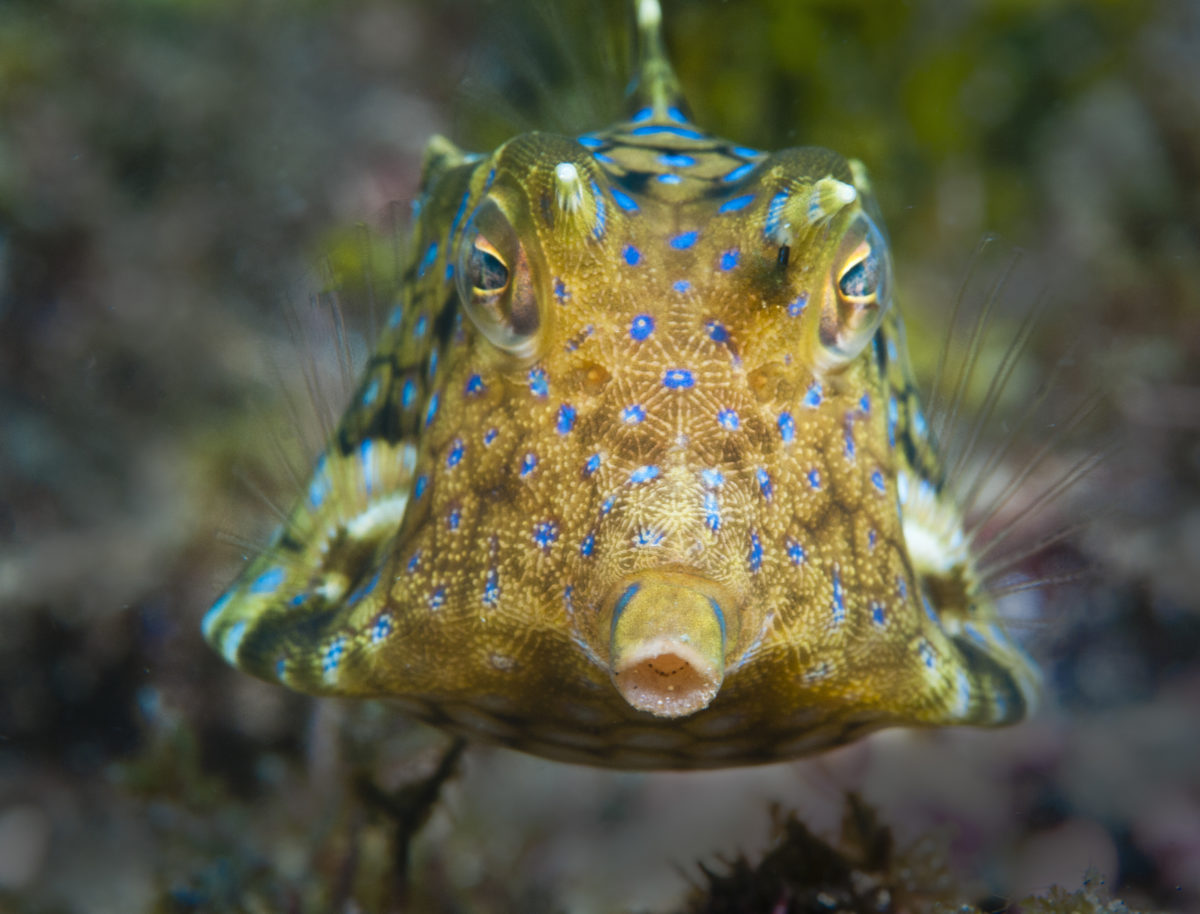
Radial Symmetry
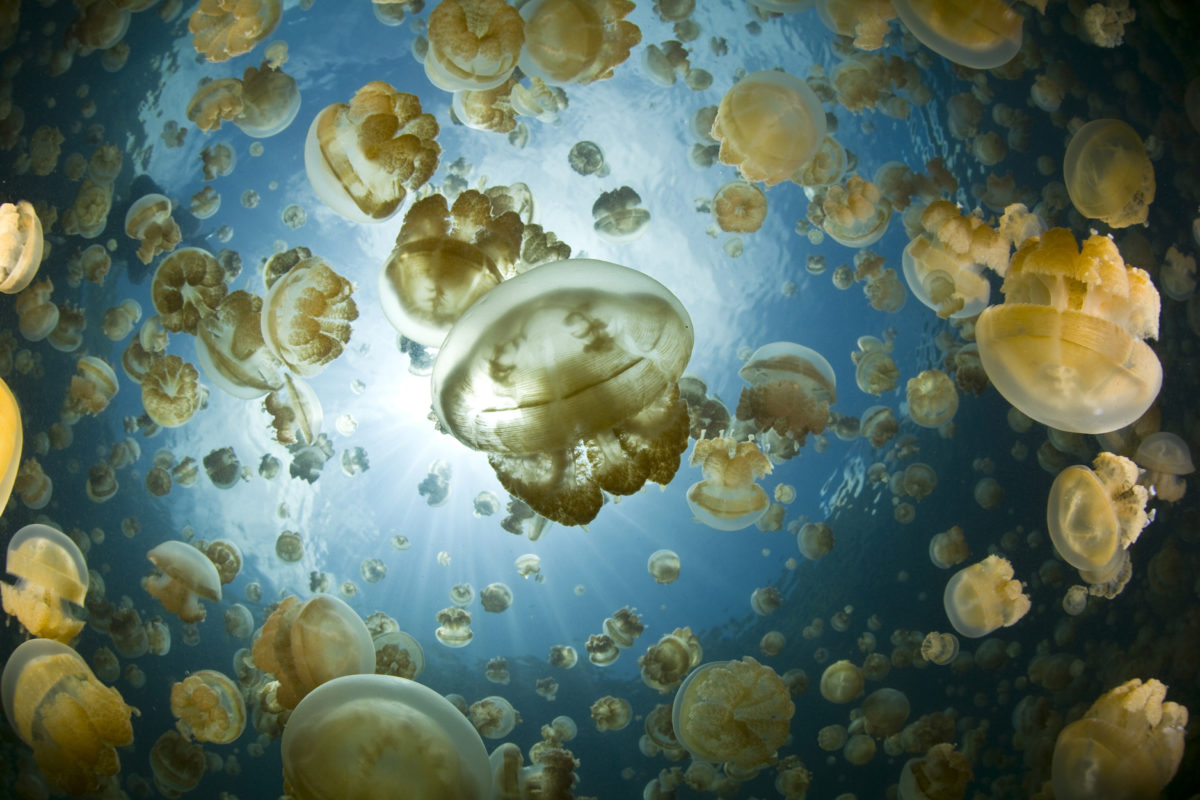
Additionally, there are even more ways to classify radial symmetry depending on how many identical divisions can be made. Tetramerism is a term used to describe organisms that can be divided into four equal parts, such as one of my favorite species, the sea jelly. In fact, juvenile moon jellies have been shown to reorganize their arms after an injury so that they are once again symmetrical, which is probably better for moving through the water. Pentamerism describes organisms that can be divided into five equal parts. Among ocean species, the only organisms that exhibit pentamerism are echinoderms, like sea stars, sea urchins and sand dollars. But even echinoderms aren’t always considered pentamerism—many begin as bilateral organisms and gain pentaradial symmetry as they grow to adult form. Additional forms of radial symmetry included hexamerism (six equal parts) and octamerism (eight equal parts).
Biradial Symmetry
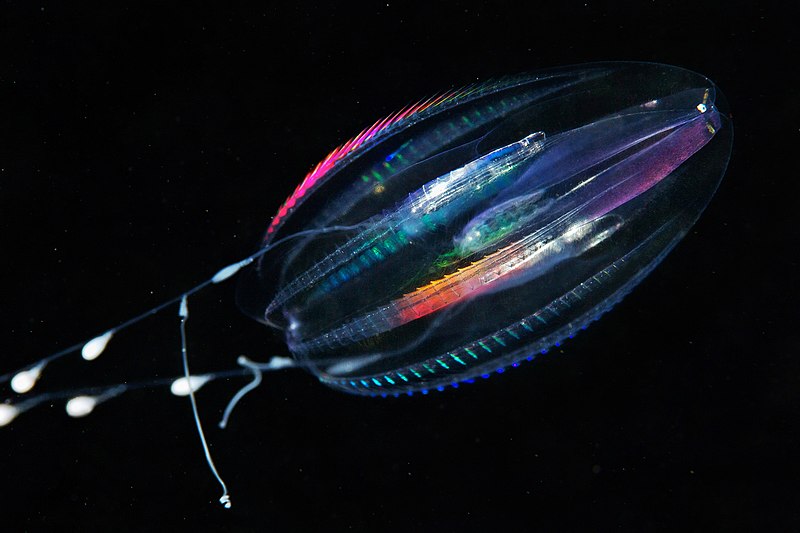
Spherical Symmetry
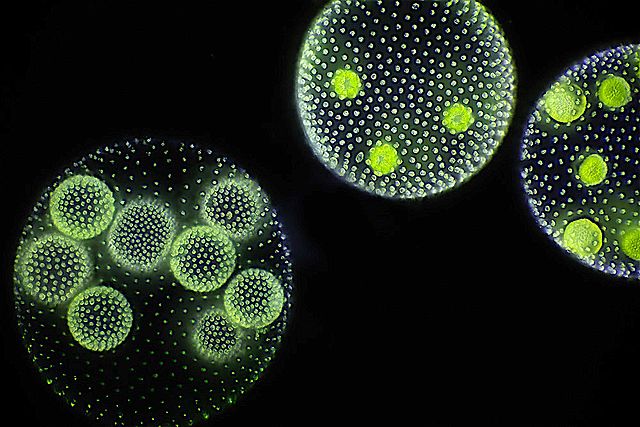
Finally, there are a few ocean animals that are outside the box when it comes to symmetry. Some sponges are asymmetrical, which means they have no symmetry. Another fun exception is what we call flatfishes—they start life out as larvae with bilateral symmetry but grow up into adorably asymmetric adults. Because flatfishes spend most of their lives with one side of their bodies flat against the seafloor, they’ve decided to go rogue on symmetry. As flatfish larvae grow, they undergo a dramatic transformation where they flatten out, one side becomes pale, and one eye migrates over to the other side of the head.
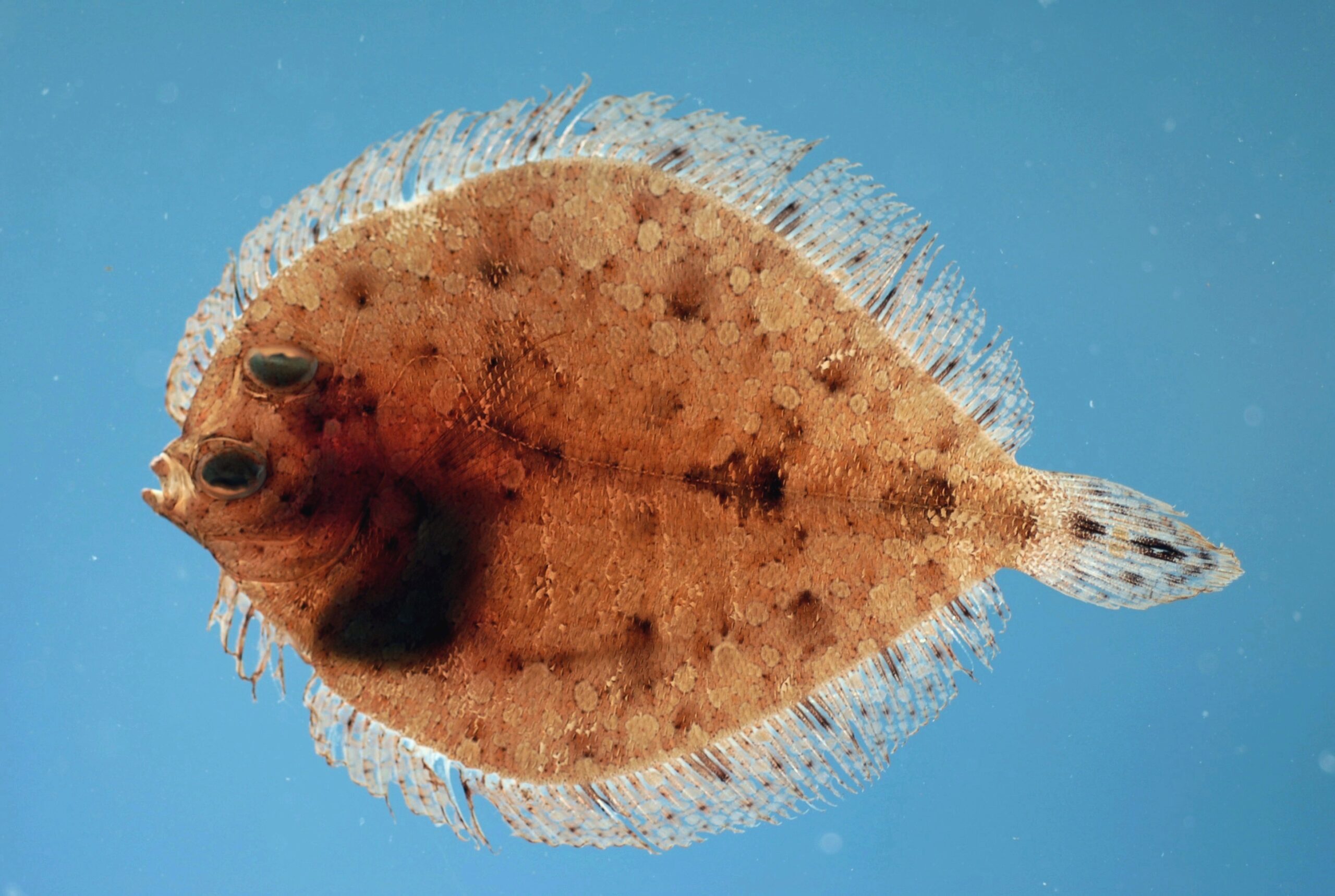
Interested in learning more about our ocean? Check out all the wild and weird ocean facts we know by reading more from our blogs!